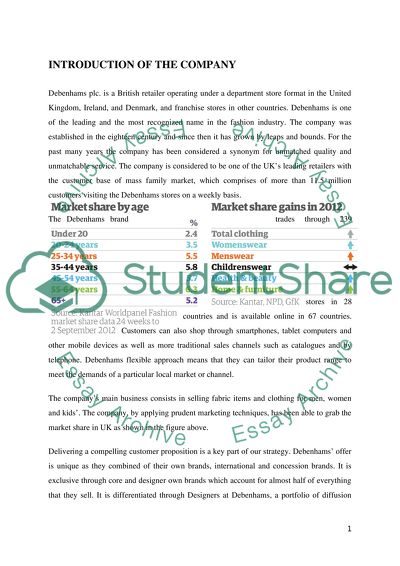Cite this document
(Financial Analysis of Debenhams Plc Case Study Example | Topics and Well Written Essays - 2000 words, n.d.)
Financial Analysis of Debenhams Plc Case Study Example | Topics and Well Written Essays - 2000 words. https://studentshare.org/finance-accounting/1605874-financial-accounting-for-business
Financial Analysis of Debenhams Plc Case Study Example | Topics and Well Written Essays - 2000 words. https://studentshare.org/finance-accounting/1605874-financial-accounting-for-business
(Financial Analysis of Debenhams Plc Case Study Example | Topics and Well Written Essays - 2000 Words)
Financial Analysis of Debenhams Plc Case Study Example | Topics and Well Written Essays - 2000 Words. https://studentshare.org/finance-accounting/1605874-financial-accounting-for-business.
Financial Analysis of Debenhams Plc Case Study Example | Topics and Well Written Essays - 2000 Words. https://studentshare.org/finance-accounting/1605874-financial-accounting-for-business.
“Financial Analysis of Debenhams Plc Case Study Example | Topics and Well Written Essays - 2000 Words”. https://studentshare.org/finance-accounting/1605874-financial-accounting-for-business.


